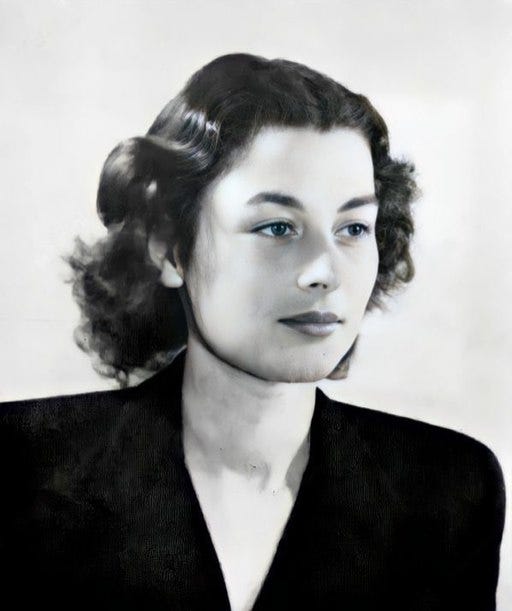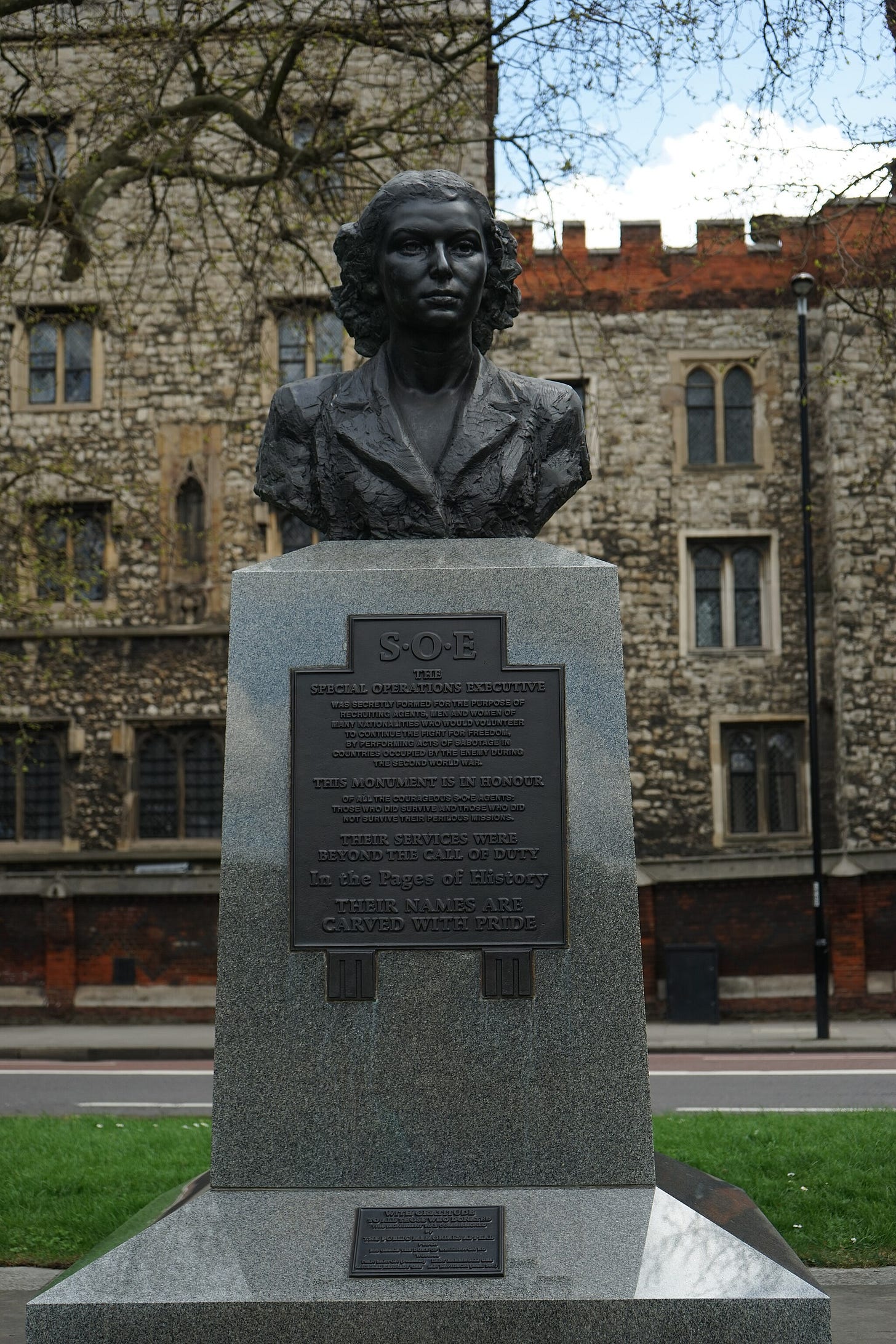Hi and welcome to your (belated) weekend newsletter…

I’ve been in Montreal this weekend, during the biggest snowstorms the city’s seen since records began in 1941 (and this is a city that regularly Sees Some Snowfall and doesn’t throw the word blizzard around lightly) — which led to my spending yesterday snowed-in1 and temporarily separated from my laptop by a few kilometres of impassable streets.
So this is a reshare of a piece from this time last year, in honour of the upcoming Women’s History Month (this March). As we’ve more than doubled in subscribers since then, hopefully there are plenty of readers this’ll be new to…
In honour of Women’s History Month, I’ve picked five London statues of women whose lives helped to shape the city. In 2021 it was estimated that, of the statues of named figures who aren’t royalty in the UK, only around 5% were women. Though the number of public statues of women has been climbing slightly since then (with two from this list unveiled in the last decade) I’ve included busts as well as full statues here just to have a few more to choose from…
You might also like:
Five London women of the Second World War
Hilda Hewlett, and the story of Britain’s first female pilot
Lilian Lindsay, and the importance of plaques to people you haven’t heard of
Helen Taylor, and her run for Parliamentary office… in 1885
Anne Frank’s memorial tree, and where to find it
Violette Szabo
Lambeth Road

Claims of exaggeration often get thrown at stories about what French-born, Brixton-raised Szabo accomplished behind enemy lines. The nature of her work as an agent of the Special Operations Executive (SOE) is that official files are limited, much of what she achieved was necessarily under the radar, and the impact of the intelligence operations carried out by agents of the SOE on the course of the war is impossible to quantify. But whatever inflation might have been applied to tales about her - did she hold off 20+ Nazis in a shoot-out with only a pistol to defend herself, sacrificing herself to provide covering fire for her partner and to allow him to escape with intelligence? Was the intelligence she provided on the locations of German munitions factories in France instrumental in shifting the balance of victory to the Allies? - the known facts we can be sure of are already impressive enough.
In 1942, with her baby less than a year old and just months after she’d received news of her husband’s death in battle, Szabo joined the French section of the SOE. With intensive but very brief paramilitary training, she accepted missions twice behind enemy lines - landing by parachute in occupied France and travelling undercover across the country to collect intelligence. She was captured by the Gestapo during her second mission and endured months of imprisonment and interrogation, remaining defiant, and in 1944 she was executed at Ravensbrück concentration camp.
Szabo was awarded the George Cross by Britain after her death, as well as being given the Croix de Guerre and the Médaille de la Résistance by France. A bronze bust of Szabo was unveiled in 2009 on Lambeth Road, not far from her Brixton home. It sits on top of a memorial to the SOE agents of the Second World War.





